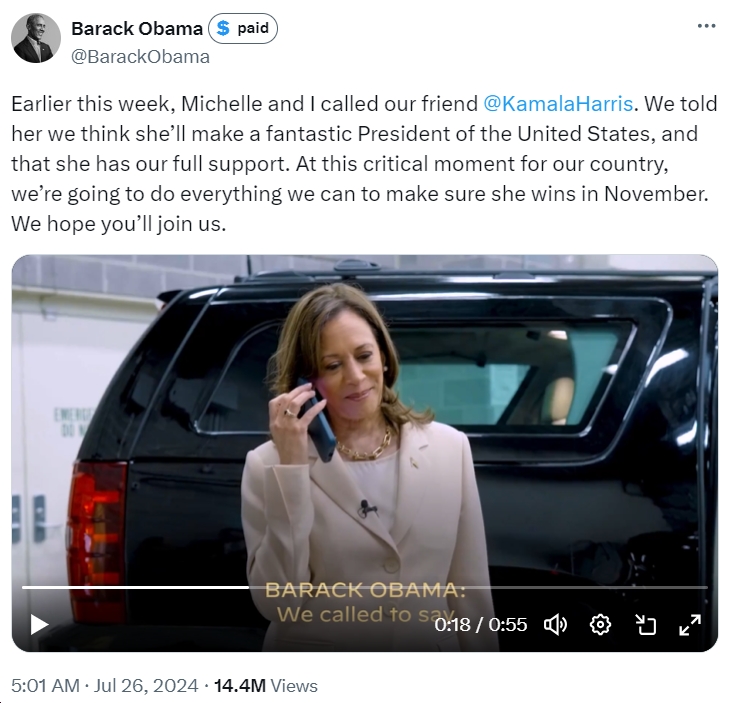Film criticism is as diverse and complex as cinema, encompassing everything from blockbuster hits to the independent movie scene. Understanding the specific language used in film criticism is not just about acquiring technical knowledge — it’s about deepening one’s appreciation and ability to engage meaningfully with all forms of cinema.
This article serves as a gateway to understanding film terminology, providing a mini-dictionary for those eager to explore and articulate the nuances of film reviews, particularly emphasizing how these terms apply across various genres, including the dynamic independent movie scene.
The Visual Language — Cinematography Terms
Cinematography is the backbone of a film’s visual storytelling, crucial in how stories are told visually.
Cinematography: This term refers to making motion pictures, focusing on how the visuals are captured. It includes aspects like camera angles, movement, and shot composition.
Mise-en-scène: A French term meaning “placing on stage,” refers to everything that appears before the camera and its arrangement—sets, props, actors, costumes, and lighting.
Aspect Ratio: The proportional relationship between a film’s width and height. Common aspect ratios include the widescreen format (16:9) and the classic format (4:3).
Storytelling Through Sound — Audio Terms
Sound design is a pivotal element of the film that enhances the narrative and evokes emotional responses.
Diegetic Sound: Sounds from the story world, like characters talking or sounds made by objects in the scene.
Non-Diegetic Sound: Sounds added for dramatic effects, like background music or a narrator’s voice, which the characters in the film do not hear.
Foley: The reproduction of everyday sound effects added to film, video, and other media in post-production to enhance audio quality.
The Art of Editing — Post-Production Terms
Editing techniques are essential in shaping the rhythm and structure of a film, directly impacting its storytelling.
Montage: A technique in editing where a series of short shots are sequenced to condense space, time, and information.
Jump Cut: A cut in film editing where two sequential shots of the same subject are taken from camera positions that vary only slightly, often used to show the passing of time.
Cross Dissolve: A post-production video effect where one shot gradually fades into another, commonly used to signify a passage of time or a change of location.
The Power of Narrative — Script and Story Terms
A film’s script and story elements are the foundation upon which all other aspects of filmmaking are built.
Plot: The sequence of events that make up the story of a film.
Theme: The central idea, topic, or message in the film. Themes often explore timeless and universal ideas.
Character Arc: The transformation or inner journey of a character throughout the film.
Beyond the Screen — The Impact of Film Terminology
A thorough understanding of film terminology is not just a tool for critics but a lens through which all cinema lovers, especially those following the independent movie scene, can appreciate the intricacies of filmmaking.
Whether dissecting a Hollywood blockbuster or an indie gem, the language of film criticism offers insights that enrich the viewing experience. This knowledge empowers critics and enthusiasts alike to delve deeper into the art of cinema, crafting reviews that capture the essence of films with clarity, insight, and passion.



